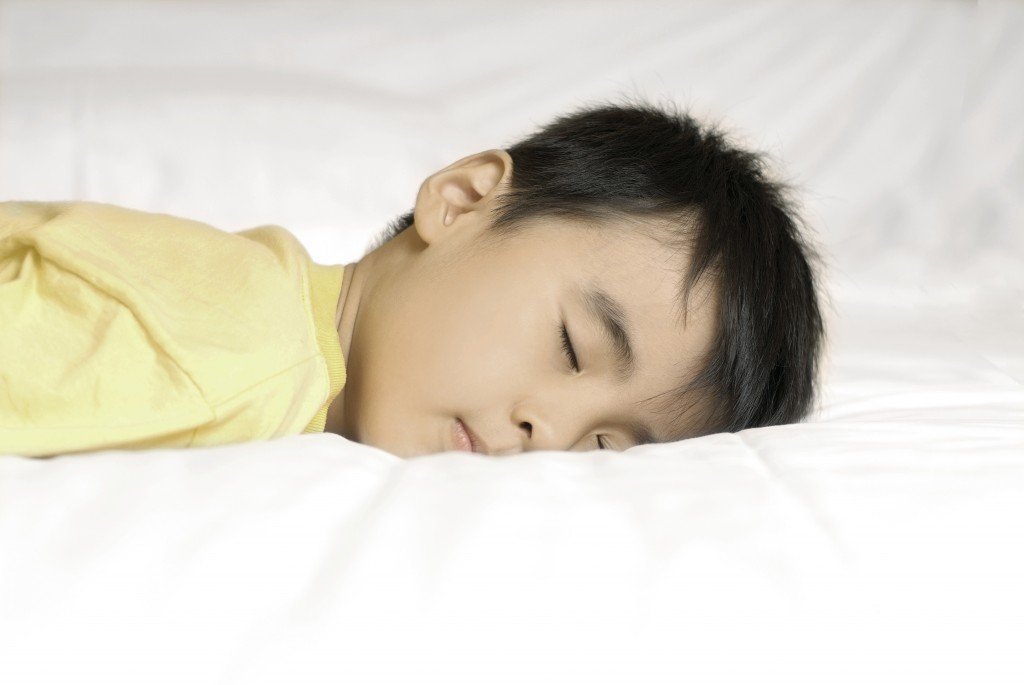A young man visits his doctor with a history of recurrent fainting attacks. Parents are worried. They want to know what could be the cause.
A transient, self-limited loss of consciousness, usually leading to falling is termed as syncope. Syncope is a common clinical problem accounting for five per cent of hospital admissions and up to three to five per cent of emergency department visits.
Syncope is a major challenge for the practicing physicians. It is very important to know the cause and clinical characteristics of syncope in children. Although most often benign, it can be a symptom of serious underlying conditions. It is estimated that 15-40 per cent of children and young adults have had at least one episode of syncope. Approximately one to two per cent of children presenting with syncope have a serious underlying disorder.
A paper published by the Department of Pediatrics, Peking University, retrospectively analyzed the causes of syncope and diagnostic workup of 154 consecutive children.
They found autonomic-mediated reflex syncope (also known as vaso-vagal or neuro-cardiogenic syncope) was the most common cause in 65.6 per cent of children, whereas cardiac disorders were found in 10 cases (6.5 per cent) comprising the second cause of syncope in children.
Other causes included psychological, neurological and metabolic disorders. Although many causes were studied, 25 cases (16.2 per cent) were found to have no definite cause for their syncope.
Vaso-vagal syncope is a temporary loss of consciousness associated with a drop in arterial blood pressure, quickly followed by a slowed heart rate. It usually occurs while standing. It may happen while a person is lying down. Emotional stress, stressful condition and pain may trigger an episode.
The fainting may occur suddenly or is associated with warning symptoms such as fatigue, weakness, nausea, sweating, pallor, visual disturbances, abdominal discomfort, headache, pins-and-needles, lightheadedness or vertigo. A person may feel hot or cold. He or she may have slurred speech and keeps yawning. During the faint “seizure-like” activity may occur.
Diagnosing vaso-vagal syncope is usually not difficult. It has a typical history and always completely normal physical examinations and ECGs. It is commonly seen in pubertal girls, but can happen in males. Usually, there is a clear precipitating cause of syncope.
Cardiac syncope can have be associated with life-threatening diseases. Therefore finding a cause for cardiac syncope is very essential.
A thorough medical history, ECG and echocardiography (ultrasound of the heart) can reveal life-threatening cardiac causes of syncope. Twenty-four-hour monitoring of the heart rhythm (Holter monitor) also helps in the diagnosis. Cardiac syncope often occurs suddenly or during exercise. Children with cardiac syncope often have history of cardiac diseases and they were often younger.
The authors of the Peking paper say that neurological causes of syncope should be considered if syncope is associated with seizure activity, syncope spells seen in any position, there is disorientation or neurologic abnormal signs. Diagnostic tests like EEG, CAT scan and MRI should be able to give us an answer.
A metabolic cause was entertained when the child had a history of metabolic diseases, prolonged anger or violent vomiting and diarrhea. Children with psychiatric disorders were adolescent girls with prolonged syncope spells and had more frequent syncopal episodes.
In summary, syncope in children may result from a wide variety of causes. In most cases, appropriate investigations will give us the diagnosis. History taking, physical examination and electrocardiography are the core of the syncope workup. Most causes of syncope are benign.
Start reading the preview of my book A Doctor's Journey for free on Amazon. Available on Kindle for $2.99!
